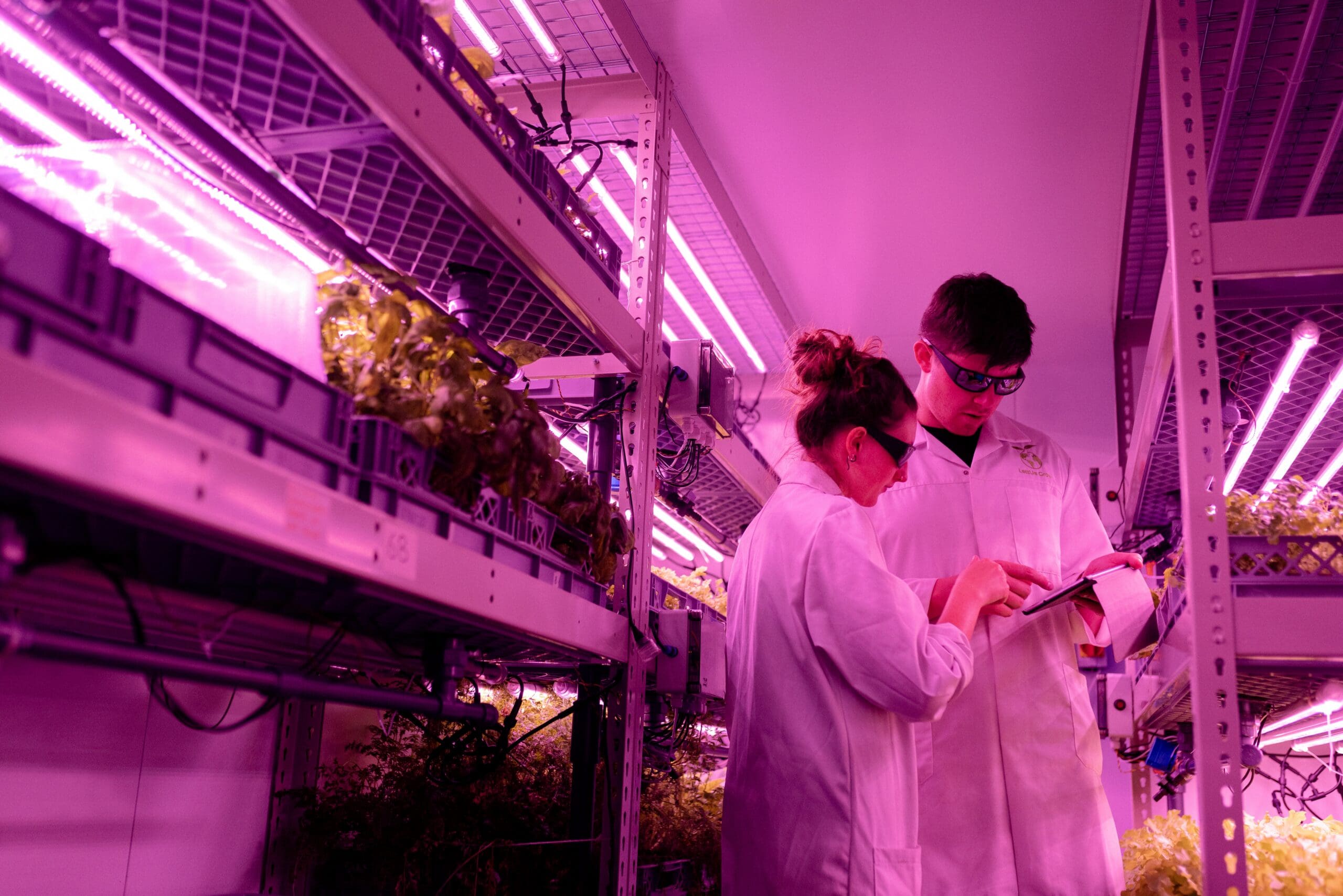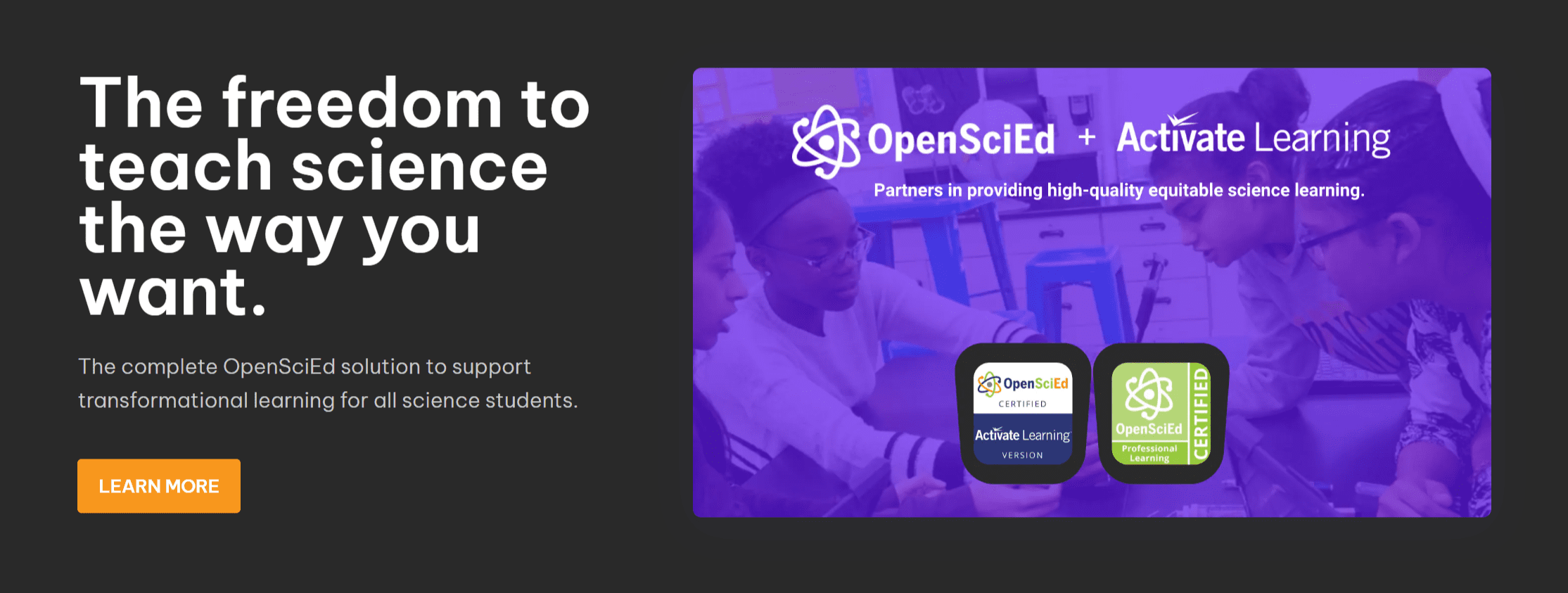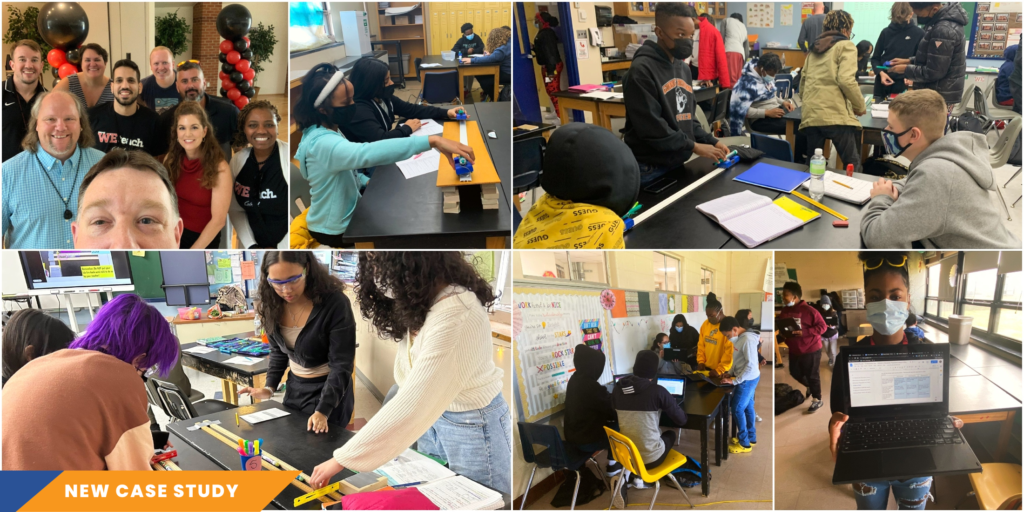Why Teachers Should Include Emerging Science in STEM Learning

In our first Deeper Learning newsletter, we discussed the School Superintendents Association’s report calling for the broader education community to redesign the public school system by 2025. It calls for specific change while empowering districts and schools to tailor lesson plans to the needs of their classrooms of the future, educators, and communities. In this article, we talk about the growing need to incorporate emerging science in STEM learning in order to best prepare students for future careers within this exciting sector.
Preparing Students for STEM Jobs of the Future
This call to action couldn’t come soon enough for teaching science for students. According to a White House report, only 20% of high school graduates are prepared for college-level coursework in STEM majors. The report also found that the US has only produced 10% of the world’s science and engineering graduates over the past 15 years!
And if that wasn’t worrying enough, the US, along with the rest of the world, is now facing a worker shortage in STEM fields. According to a recent survey by the National Association of Business Economics (NABE), 57% of respondents are experiencing a significant shortage of skilled workers, up 10% from the previous quarter. And most educators and industry leaders now expect the skills gap to widen over the next decade. In fact, by 2025, it’s estimated that 3.5 million STEM jobs will need to be filled.
Yet one of the major challenges facing educators when it comes to teaching science to students is that many young people just don’t know that a successful career in STEM is available to them. And another problem we face is that science and technology are rapidly advancing and there are thousands of roles being created in STEM fields that didn’t even five years ago! This creates a massive crater of unfilled positions within this sector.

What’s “Emerging Science” and What Are New Science Careers Students Need To Know About?
What exactly is emerging science? As our understanding of the world and universe advances, the standard science fields of biology, chemistry, physics, and astronomy are becoming increasingly specialized and interdisciplinary, leading to new avenues of inquiry. These fields are what we call ’emerging science’ in the sense that scientists have only recently started looking at these fields and little or no research has been conducted.
Emerging science often involves investigating how we can solve the biggest challenges we’re facing as a species, such as the impact we have on the environment, or how we can feed a planet of over 7 billion people. These are real problems that today’s students will face as adults in just a few years, and a career in STEM means they can be part of finding the solution. That’s why teaching emerging science to students has never been more important. But they also cross over into technological advancements such as robotics and artificial intelligence.
Here Are a Few Examples Of Emerging Science Careers STEM Students Could Fill

- Exo-meteorology – the study of atmospheric conditions of planets that orbit other stars, along with other celestial bodies outside our Solar System.
- Quantum biology – the study that investigates processes in living organisms that cannot be accurately described by the classical laws of physics.
- Synthetic biology – a field of science that involves redesigning organisms for useful purposes by engineering them to have new abilities.
- Nutrigenomics – the study of the relationship between the human genome, nutrition, and health.
- Cliodynamics – an area of research at the intersection of historical macrosociology, economic history/cliometrics, mathematical modeling of long-term social processes, and the construction and analysis of historical databases.
- Neuroergonomics – the application of neuroscience to ergonomics to expand our understanding of the neural mechanisms underlying human perceptual, cognitive, and motor functioning, with a focus on how these can be applied in real-world scenarios.
How Can Teachers Keep Students Engaged, Informed, and Prepared?
The billion-dollar question is, how can educators keep their students fully engaged, and therefore well prepared for the future, by incorporating emerging science in their lessons?
To tackle the problems that the classroom of the future faces, incorporating emerging sciences into traditional STEM learning is vital if educators are to effectively prepare students for careers in these areas and engage them in deeper learning that empowers them to imagine themselves solving problems of the future. But how can you prepare students for jobs that are new, or don’t even exist yet?
In our recent blog post, we explored how deeper learning teaches students to identify what they know, apply what they know, and recognize how their understanding and the world evolves with the knowledge. ⁴ This can also be applied to emerging science as it deals with many unknowns — thinking outside the box is key.
STEM Educational Resources For Students
Adopting a Next Generation Science Standards (NGSS)-aligned curriculum is vital for achieving deeper learning with STEM students. It encourages them to embrace mistakes and recognize failure as a necessary part of the discovery and learning process, which couldn’t be more important for emerging science. It needs a workforce willing to make mistakes, learn from them and ultimately build a better world.
Classroom discussions are a great place to start. Base your discussions around real-world problems that emerging science is addressing and how students would solve them. A few examples could be how to tackle food shortages in a country affected by climate change, or the ethical issues around cloning and gene editing.
Our curriculum provides an excellent foundation for introducing emerging sciences and exploring the problems they are attempting to solve. Some of these tools include:
- Activate Chemistry – A NSF-funded chemistry curriculum that embraces the three-dimensional learning of the Next Generation Science
- Engineering the Future – a set of high school modules that build technological literacy, provide a strong foundation in physics, and offer students an opportunity to explore the social, historical, and environmental contexts of emerging technologies.
- OpenSciEd – a partnership between OpenSciEd and Activate Learning to offer educators a high-quality, NGSS-aligned, science curriculum for middle school students.
These tools can also be applied to students who study remotely. With homeschooling on the rise, it’s vital to incorporate emerging science into STEM learning so these students don’t miss out. Parents and tutors often struggle to find high-quality educational resources for their children or students. Activate Learning fills this gap with the best homeschool science curriculum available online. We’ve created a range of educational resources for students and tutors, ensuring digital and blended options are available so every student can access our curriculum, wherever they are.
Providing students with information on how they can explore emerging science outside of the classroom, on their own time, is another great way to keep them engaged. Here’s a great roundup of science competitions (in real life and virtual) for the remainder of 2022 that will keep students engaged in (and talking about!) emerging science: The Science Competitions Your Students Can Enter This Year (Royal Society of Chemistry)
Remember to empower students to ask questions, use scientific principals to solve problems, and to let them have fun exploring the future and the positive impact emerging science will have on our world!




